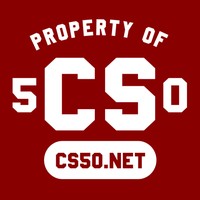Most ecosystems such as app stores are either open or curated. But why can’t we have both? Qhov tshij, we can — all you need is three verbs: publish, find, thiab zoo li. That goes for technology and anything else.
Usually there are two options when you want to publish an app: publish it to something like the iOS App Store (where people will find your app, but Apple reviewers can deny your submission) or just put it on your website (where it’s easy to publish, but there’s no guarantee anyone will see it.) Not the greatest set of options.
Isn’t there a way to combine the strengths of both of these to make for the best possible experience for both publishers and consumers? I think there is. It’s called an open and curated ecosystem. Let’s take a look at:
- What open thiab curated ecosystems are
- Examples of open and curated ecosystems
- What you need to make an open and curated ecosystem
- Examples of these ecosystems beyond just technology
and see if we can discover something about the power of crowdsourcing, innovation, and the three verbs publish, find, thiab zoo li.
Curated vs. open ecosystems
The iOS App Store and open internet, among others, are app ecosystems — places where apps can be published and found. And I think the big factors that differentiate one ecosystem from another are whether the ecosystem is open, where anyone can publish apps and whether it is curated, where the best apps rise to the top and users are assured quality apps. That’s the major difference between the iOS store and the internet at large, which I mentioned earlier.
Let’s look at examples of curated and open ecosystems and what differentiates them.









